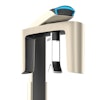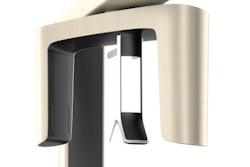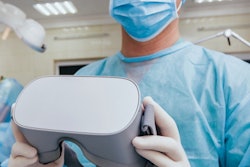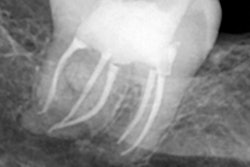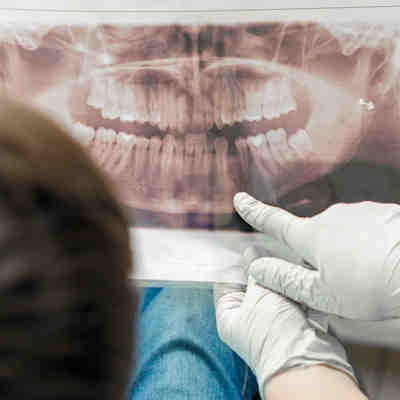
Some pediatric dentists didn't perform very well when they tried to identify and detect traumatic dental injuries and problems on patients' images, according to a small explorative study published June 20 in BMC Oral Health.
The performance of clinicians appeared to be affected irrespective of their levels of experience with these types of cases or whether they used 2D or 3D images, the authors wrote.
"The overall poor performance in image interpretation highlights the importance of teaching and training in both dental radiology and dental traumatology," wrote the authors, led by Dr. Gertrude Van Gorp of the Department of Oral Health Services and Department of Dentistry, Unit of Pediatric Dentistry and Special Dental Care, University Hospital Leuven in Belgium.
In children, traumatic dental injuries occur quite often, affecting an estimated 18% of 12-year-olds. Imaging is a necessary part of diagnostic assessment of a patient with a traumatic dental injury, and intraoral x-rays are a first choice for this kind of injury.
In more severe injuries with bony involvement, cone-beam computed tomography (CBCT) offers valuable information that aids in defining the complexity of damaged structures. Though CBCT can allow for a more precise diagnosis resulting in a better treatment plan and boosting outcome effectiveness, these scans are more difficult to interpret than x-rays.
To evaluate pediatric dentists' performance and self-assessed confidence when using images to diagnose traumatic dental injuries with images, nine pediatric dentists used structured scoring sheets to randomly assess both 2D and 3D images of young anterior permanent teeth that had experienced dental trauma.
Researchers analyzed their level of experience with traumatic dental injuries on imaging, identification, and interpretation of lesions and on their self-assessed confidence. The results were compared to benchmark data deriving from expert consensus of an experienced dentomaxillofacial radiologist and pediatric endodontist.
Overall, the performance of the pediatric dentists' performance was considered moderate to poor, with sensitivity percentages between 34.8% and 56.4%. Only about half of the radiographic findings recorded by the benchmark were detected and even fewer were correctly identified, indicating that their assessments were "incomplete and suboptimal," the authors wrote.
Furthermore, there were no statistically significant differences present between clinicians with low and high traumatic dental injury experience for any of the outcomes, or imaging modalities, the authors wrote. However, the study had several limitations, including the small number of participating dentists.
The authors warned that this study should be considered exploratory since it cannot yield conclusive results. Still, the results indicate that more research in this field is needed, they wrote.
"The impact of this research finding needs further exploration, but it is clear that pediatric dentists could benefit from more training in the assessment and interpretation of radiographic images, both 2D and 3D," Van Gorp and colleagues wrote.



